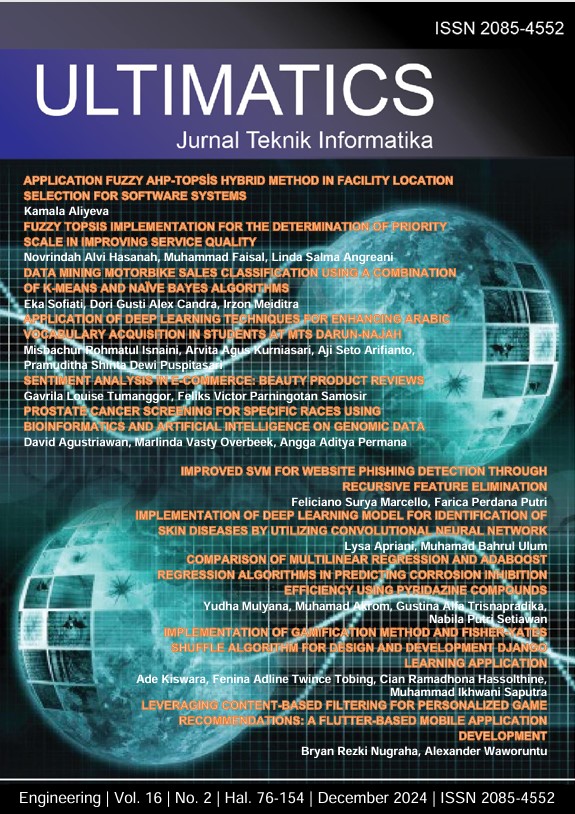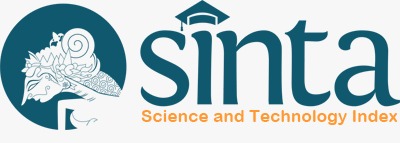Leveraging Content-Based Filtering for Personalized Game Recommendations: A Flutter-Based Mobile Application Development
DOI:
https://doi.org/10.31937/ti.v16i2.3936Abstract
The background of this study stems from the need for a recommendation system to assist users in finding games that match their interests. With the rapid growth of the gaming market, an increasing number of people engage in gaming activities. In 2022, the personal computer (PC) gaming market accounted for 37.9% of all gamers worldwide. One of the largest PC gaming platforms is Steam, developed by Valve Corporation, which boasts over 184 million active users. However, the overwhelming number of options can lead users to lose interest in purchasing games. Therefore, a recommendation system is required to help users find games that align with their preferences. The methods/theories employed in this study include data from the Steam Web API, SteamSpy API, and local JSON files. The Content-Based Filtering method, using the Cosine Similarity algorithm, was implemented to determine the similarity index between games and user preferences. Flutter was used for application development and to display the recommendation results to users. The results of this study show that the application was successfully developed, and the Content-Based Filtering method provided recommendations that met expectations. The highest cosine similarity factor achieved was 0.6454972244, indicating a fairly good level of accuracy. Application evaluation using the Technology Acceptance Model revealed positive reception, with a "Perceived Usefulness" score of 82.6% and a "Perceived Ease of Use" score of 86.2%, indicating that users found the application both useful and easy to use.
Downloads
Additional Files
Published
How to Cite
Issue
Section
License
Authors retain copyright and grant the journal right of first publication with the work simultaneously licensed under a Creative Commons Attribution-ShareAlike International License (CC-BY-SA 4.0) that allows others to share the work with an acknowledgement of the work's authorship and initial publication in this journal.
Authors are able to enter into separate, additional contractual arrangements for the non-exclusive distribution of the journal's published version of the work (e.g., post it to an institutional repository or publish it in a book), with an acknowledgement of its initial publication in this journal.
Copyright without Restrictions
The journal allows the author(s) to hold the copyright without restrictions and will retain publishing rights without restrictions.
The submitted papers are assumed to contain no proprietary material unprotected by patent or patent application; responsibility for technical content and for protection of proprietary material rests solely with the author(s) and their organizations and is not the responsibility of the ULTIMATICS or its Editorial Staff. The main (first/corresponding) author is responsible for ensuring that the article has been seen and approved by all the other authors. It is the responsibility of the author to obtain all necessary copyright release permissions for the use of any copyrighted materials in the manuscript prior to the submission.















